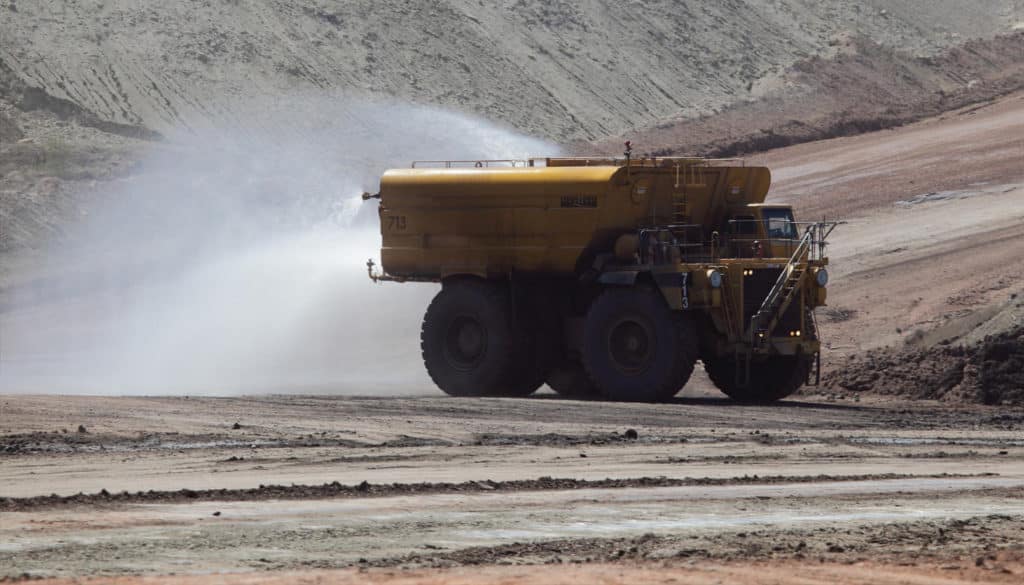
Consider the focus on and investment in immediate safety issues that are managed by high visibility clothing, safety glasses, gloves, barriers, harnesses etc, and compare this to the management or understanding of dust exposure. However, dust control is a very important factor for worker’s health with flow-on effects on work productivity, and the impact on society of coping with the associated illnesses and deaths.
A large factor is that problems caused by dust can take years to appear.
Many older building materials (roofing, fences, wall sheeting, fireproofing) and services such as pipes and service pits contain asbestos, posing a risk during demolition or destruction by natural disasters like earthquakes. Asbestos presents as extremely fine, respirable fibres that can be up to 200 times thinner than a human hair. Exposure to asbestos over time increases the risk of a range of diseases and cancer types, with mesothelioma (cancer of the lung lining) one of the more infamous varieties.
In mining, quarrying and other civil construction areas, the excavation and handling result in fugitive dust. Minerals such as quartz and topaz, mainly the sand fractions, and cementitious materials present silica. Silica is the chemical composition of silicon oxide which when breathed in results in silicosis, a lung disease that is incurable. Silicosis is a gateway to other diseases because it increases the risk of rheumatoid arthritis, kidney disease, chronic lung disease, tuberculosis and lung cancer.
Dust from coal is generated during the mining, processing, and transport of the commodity. It is also ground to fine dust before being burned as it improves the speed and efficiency of combustion, and makes coal easier to handle. Dust suspended in the air is an acute explosion risk (often well managed) and also a chronic hazard of causing pulmonary diseases when inhaled. Respirable coal dust is a concern because it has substances such as mercury, nickel, cadmium and arsenic, as well as radio isotopes of thorium and strontium.
The risk of disease associated with asbestos, silica and coal increases with time and frequency of exposure to dust, however, any level of uncontrolled exposure can lead to disease.
Risk increases over time because these fine particles accumulate and they are influenced by chemical composition, mass concentration and particles size.
In addition to huge health problems related to lung diseases, dust that is generated mainly on unsealed public roads, haul roads and in mining can cause eye irritation, low visibility and lead to serious accidents.
Dust control should not be seen as an additional cost. Smart technology often provides significant operational savings to companies, as well as long-term savings around preventing workplace illness.
Global Road Technology has a range of dust management technologies to improve the safety of workers and communities. Each product has a specific objective in the industry with a particular focus around preventing dust from becoming airborne or quickly stripping them out of suspension. For further information, click on the link below:
Are environmental regulations, health and safety concerns or potential profit loss a concern right now?
Contact Us Now